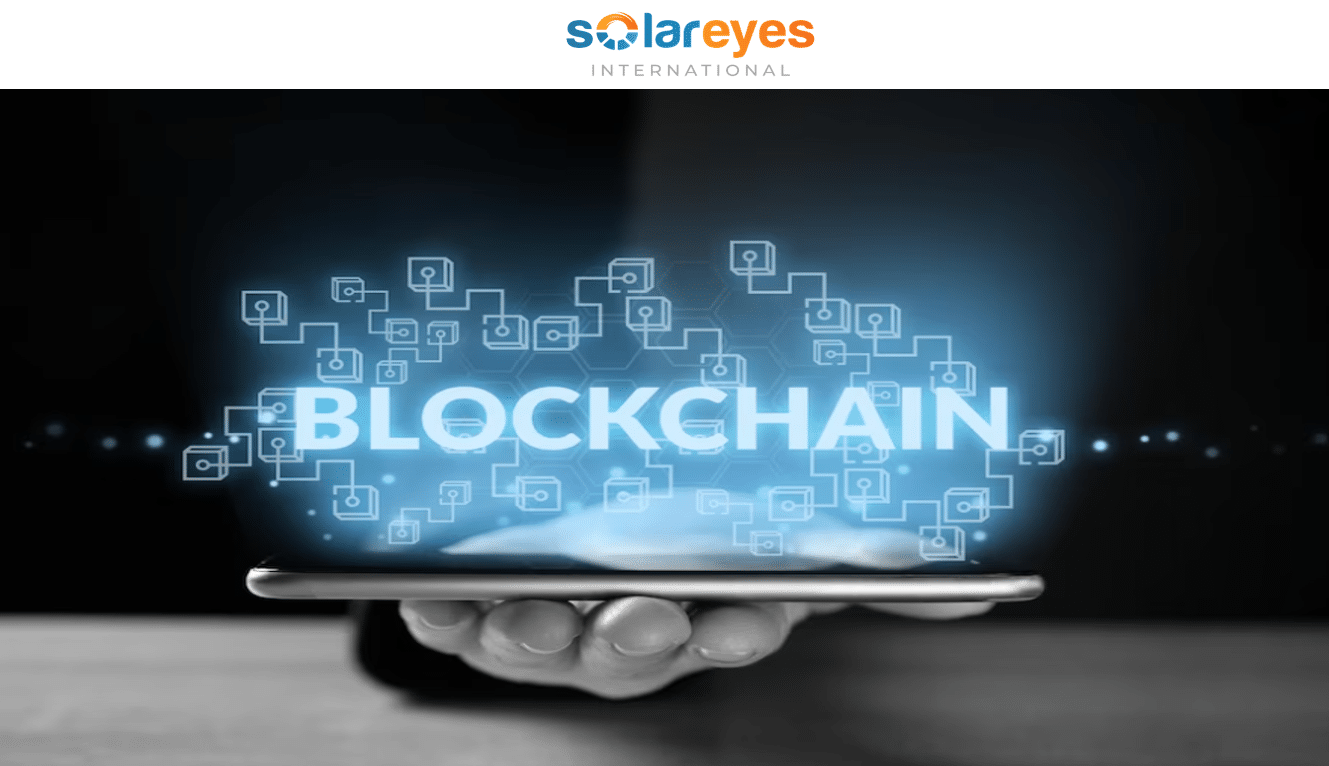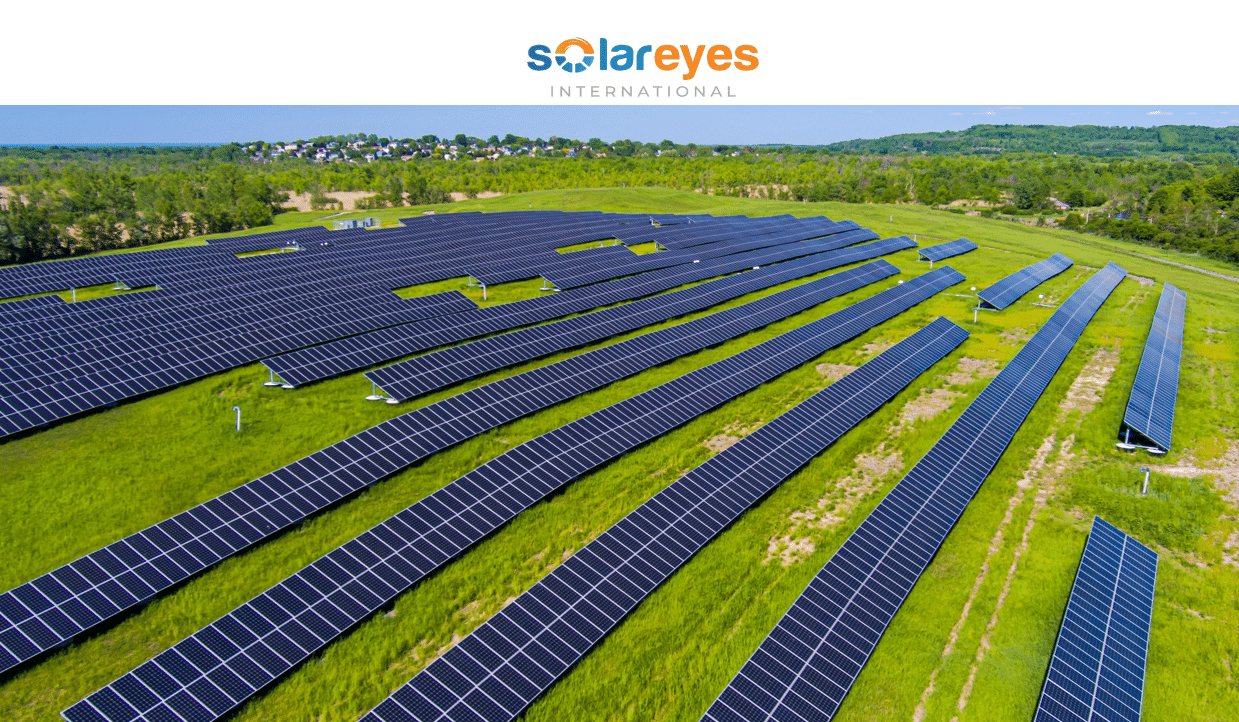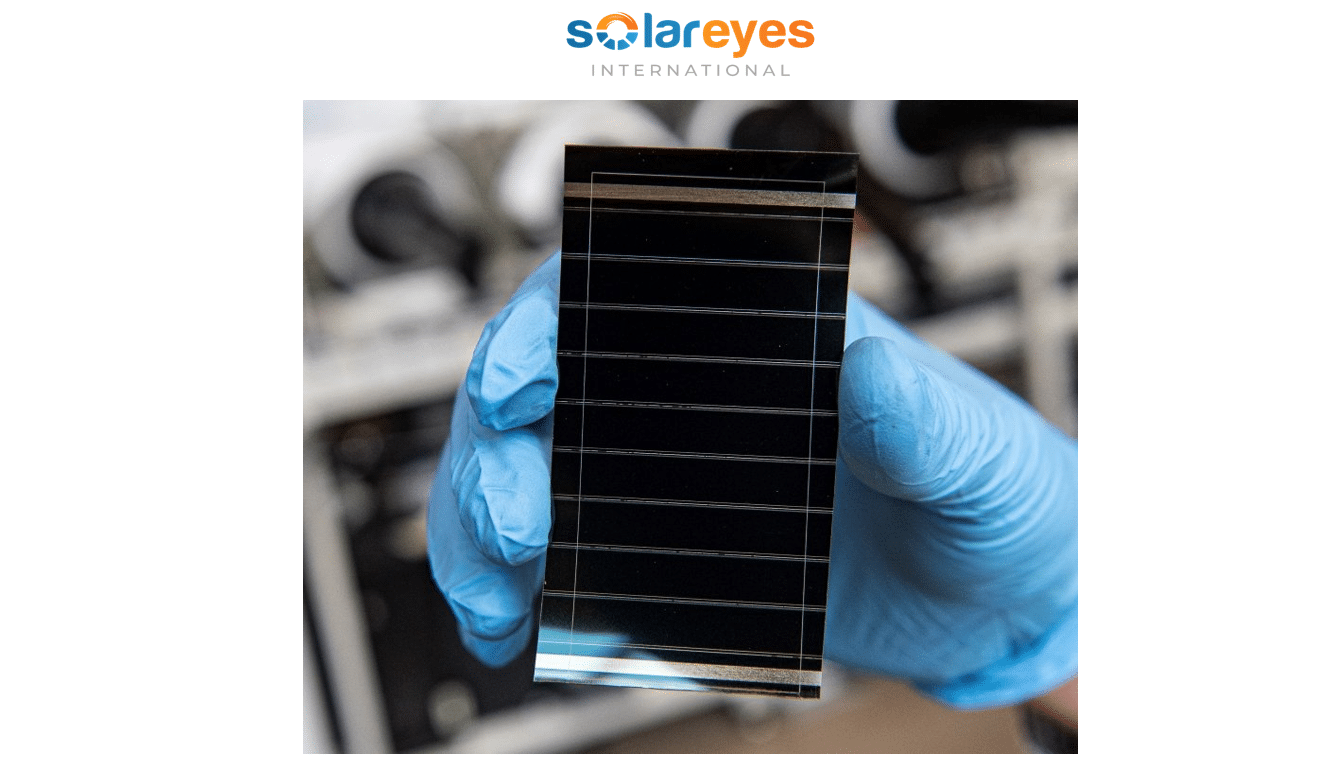Empowering Solar energy: The Potential of Blockchain Technology

Introduction: Energy and Blockchain Technology
The future energy system is expected to be decentralized, driven by the rise of renewable energy sources, electrochemical energy storage systems, and increased electrification of loads. Factors such as declining prices of solar panels and batteries, environmental concerns and public resistance to large-scale centralized projects have contributed to this trend. Transparent and secure information exchange among numerous small decentralized energy resources is a significant challenge.
Distributed ledger technology (DLT), such as blockchain, has the potential to address this challenge by providing distributed, secure, and tamper-proof data management. It can facilitate the distribution, consumption, and trading of electric power while ensuring participant anonymity. While numerous projects and initiatives have been launched to enable decentralized electricity systems, widespread adoption of blockchain/DLT solutions by energy stakeholders has yet to be achieved.
In this article, we will explore the applications of blockchain in solar technology and how it can shape the future of PV projects.
Different Applications of Blockchain in Solar Technology
1. Peer-to-Peer Solar Energy Trading
This refers to the direct exchange of surplus solar power between prosumers (those who both produce and consume solar energy) through a decentralized platform facilitated by blockchain technology. Peer-to-peer trading enables prosumers to become active participants in the energy market. Rather than solely relying on utility companies to buy or sell excess solar power, prosumers can engage in direct transactions with other consumers or businesses in their local community.
How to Easily Perform Maintenance on Your Own Home Solar System – DIY maintenance tips
It allows prosumers to maximize the value of their solar installations by selling excess energy instead of feeding it back into the grid at lower feed-in tariffs. It promotes efficient utilization of renewable energy resources by ensuring that generated power is consumed locally, reducing transmission and distribution losses. Blockchain’s smart contract capabilities enable automated, secure, and transparent energy transactions.
Prosumers can define the terms of their energy trading agreements in smart contracts, specifying the price, quantity, and duration of transactions. These contracts are automatically executed once predefined conditions are met, eliminating the need for intermediaries and reducing transaction costs. All transactions and energy flows are recorded on an immutable and decentralized ledger, accessible to all participants. This transparency builds trust among trading parties, eliminating concerns about fraud or manipulation.
2. Grid Integration and Management
Integrating solar power into existing energy grids poses challenges, but blockchain can provide innovative solutions such as smart contracts. Blockchain’s smart contract functionality allows for the automation and execution of predefined conditions in energy transactions. Smart contracts enable the coordination and management of solar PV systems by automatically adjusting energy production and consumption based on grid conditions or predefined rules.
Best Solar Cell Efficiency Chart – National Renewable Energy Laboratory(NREL)
This ensures optimal energy flow, load balancing, and grid stability. This technology also enables real-time data exchange among various stakeholders, including solar PV system owners, utilities, and grid operators. This allows for better monitoring and visibility of solar power generation, consumption, and grid conditions. Real-time data exchange improves situational awareness, enabling more effective grid management decisions and prompt responses to changes in energy supply and demand.
3. Solar Asset Tokenization and Financing
Solar asset tokenization and financing refer to the application of blockchain technology in the solar energy sector to tokenize solar assets and facilitate innovative financing mechanisms. Solar asset tokenization involves representing ownership or investment in solar assets, such as solar panels or solar farms, as digital tokens on a blockchain. These tokens can be easily divided, traded, and transferred, enabling fractional ownership and liquidity of solar assets. Tokenization provides an efficient and transparent way to digitize and manage solar assets, enhancing accessibility and participation in solar investments.
By tokenizing solar assets, blockchain enables the creation of security tokens that represent ownership or investment in solar projects. These tokens can be offered to investors through Initial Coin Offerings (ICOs) or Security Token Offerings (STOs). This allows project developers to raise capital by selling tokens and providing investors with a stake in the future revenue or value generated by the solar project. Blockchain-based financing also enables peer-to-peer lending and crowdfunding models, where individuals can directly invest in solar projects or provide loans to solar developers. These transactions are executed using smart contracts, which automate the investment process, distribute returns, and ensure transparency and security. Solar asset tokenization and financing using blockchain technology open up new possibilities for funding and investing in solar projects.
4. Solar Energy Certificates and Traceability
Solar energy certificates, such as renewable energy credits (RECs), play a vital role in verifying the environmental impact of solar installations. They are tradable instruments that represent the environmental attributes of solar energy generation. They provide a means to track and verify the production and consumption of renewable energy. In the context of solar projects, solar energy certificates serve as proof that a certain quantity of electricity was generated from solar sources. They are typically issued for each megawatt-hour (MWh) of solar energy generated. These certificates are separate from the physical electricity and can be bought, sold, or traded independently.
Traceability is a key aspect of solar energy certificates. Each certificate is assigned a unique identification number and includes information about the solar project, such as location, capacity, and the period of energy generation. This traceability ensures transparency and allows stakeholders to track the origin and environmental attributes of the renewable energy they purchase or consume.
By purchasing solar energy certificates, consumers can claim that a certain portion of their energy consumption comes from solar sources, contributing to sustainability goals and reducing their carbon footprint. Blockchain technology can provide an immutable and transparent ledger for recording and verifying these certificates. This ensures the authenticity and traceability of solar energy generation, enabling consumers and businesses to make informed choices and support renewable energy initiatives.
Conclusion
Blockchain technology holds immense potential to revolutionize the energy sector, fostering decentralization, transparency, and efficiency. From peer-to-peer energy trading to grid optimization, renewable energy traceability, and enhanced cybersecurity, blockchain offers innovative solutions to the challenges faced by the energy industry. As blockchain continues to evolve, synergies with other emerging technologies like Internet of Things (IoT) and artificial intelligence (AI) can further enhance solar PV systems’ efficiency and impact. Embracing blockchain in the solar sector will contribute to a more sustainable energy future, driving the widespread adoption of solar technology and fostering a decentralized energy ecosystem.
***********************************************************************
This article was written by Shqipe Asani who is a SolarEyes Contributor. More information about SolarEyes Contributors can be found on this link: https://solareyesinternational.com/solareyes-international-contributors/
***********************************************************************
FOLLOW US ON SOCIAL MEDIA
Follow us on LINKEDIN, FACEBOOK, TELEGRAM GROUP and WHATSAPP.
*** ALSO CHECK: HOW TO SIZE A SOLAR SYSTEM – 5 clear steps anyone can follow
HOW TO START A SOLAR COMPANY – do these 6 things and make money through solar
How to Identify Fake Solar Products
SOLAR PANEL LOSSES: All you Need to Know + Tips on how to avoid them
SOLAR PV MODULE MANUFACTURING PROCESS EXPLAINED – from solar cells to solar panel
10 Surprising Ways Solar Energy Can Save You Money Today!
Opportunities for Solar Energy Development in Europe
FREE TOOLS to use for Solar Panel Tilt Angle Calculation and Installation – for any location
How Solar Panels Can Increase Your Home Value
HOW TO IDENTIFY FAKE SOLAR PRODUCTS – 6 things to check
Some Examples of where People have Fallen Victim to Fake Solar Products
How to Choose Solar Panel Brands
Top 10 Solar Panel Companies Driving the Renewable Energy Revolution
Best Solar Cell Efficiency Chart – National Renewable Energy Laboratory(NREL)






